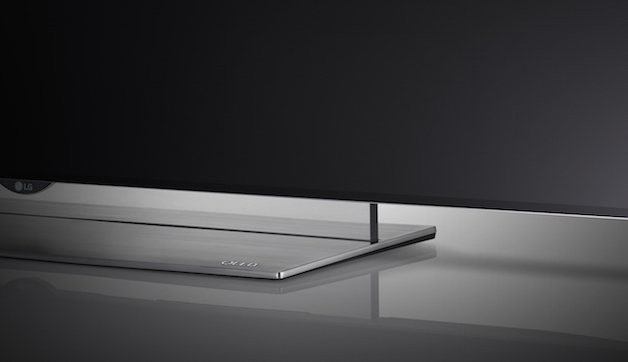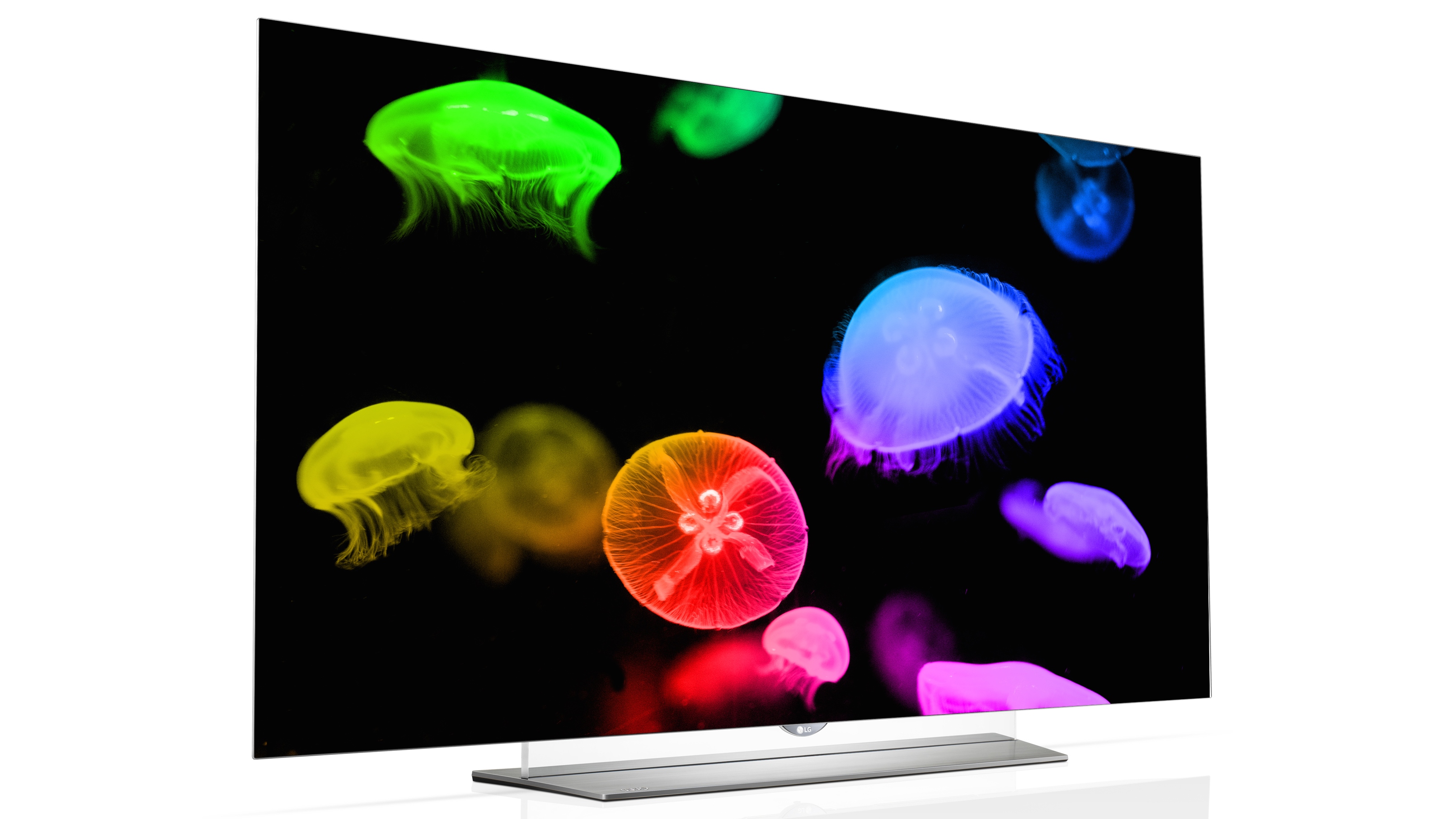Why you can trust TechRadar
For the longest time, OLED seemed to be the Holy Grail of TV technology, promising an infinite contrast ratio capable of displaying blacks as perfectly black thanks to the fact that each individual pixel lights itself, rather than requiring a backlight like traditional LCD panels.
Now that the technology has been available for a few years, it's abundantly clear it's definitely up to the challenge of big screen TV duties. The fact that there's a massive 3840 x 2160 pixel resolution on board only amplifies just how good images look on this telly.
The catch with a native 4K resolution though is getting your hands on 4K content. For that, the first access point is Netflix, at least until 4K Blu-rays hit the market.

This, my friends, is where the 4K OLED TV shines. Powering up that amazing one-shot fight scene at the end of episode 2 of Daredevil season 1, there's a new depth to the gritty darkness of the scene. The grungy hallway is given more life – the yellow/green tinge of the fluorescent lights feels dirtier, the contrast between Murdock's all-black suit and the dilapidation of the walls is given new life.
Seriously, watching this scene in 4K on the OLED panel was brutal, in the best possible way.
It was a similar situation powering up Jessica Jones. Watching the title character of Marvel's second Netflix show hidden in the shadows taking photos of Luke Cage in the first episode added a level of immersiveness to the scene.
Even throwing on the first episode of Fuller House, the reboot of the popular 90s sitcom, showed just how good 4K content looks on a 4K panel. Though the sets are much brighter (and simpler) than those of the Marvel shows, the picture quality of the OLED isn't diminished at all. If nothing else it was a great showcase of just how good colour reproduction is on the LG TV.
Sign up for breaking news, reviews, opinion, top tech deals, and more.
As a point of comparison, LG provided us with some original 4K content that was simultaneously broadcast to both the OLED and a curved 4K LCD at the same time. The difference in contrast was truly impressive - blacks on the LCD model looked more grey than anything else, which contributed to a sense of washed out colours.
On its own though, that LCD 4K panel looked brilliant, which is a testament to just how good the OLED display is.
When it comes to non-4K content on the LG TV, we did get a little bit of a mixed reaction. Over the course of our review, I threw on Blu-ray editions of Terminator: Genysis, Jurassic Park and Watchmen.
While the upscaling of the more recent films looked impressive, with smooth tracking and impressive colour reproduction, the darker scenes in Jurassic Park had a noisy quality to them, something that I couldn't reproduce on a traditional LCD 4K display.
There was no indication of this noise in either of the other upscaled movies, despite being played back through the same Blu-ray player, so it did seem odd.

Motion tracking was impressive. There was a little bit of noise around the super-fast movements, but with LG's TruMotion switched to Clear Mode, the effect was minimal, and the end result was pretty good.
The other important update to the picture quality of the flat 4K OLED panel is support for HDR content. Unfortunately, finding HDR content at the moment is nigh on impossible. LG did supply us with a few short clips to test the functionality, and the end results are pretty amazing.
Perhaps the best scene offered to showcase HDR was a shot of a woman, barely lit by a campfire, standing below a sea of stars. The footage somehow managed to capture the blackness of the sky, intermittently pin-pricked with stars, and yet still captured the detail of the actress' face.
The thing about the HDR footage was that you could see more in every frame. Not that you really notice that you see more, but the depth of the video is greater than non-HDR footage, which gives a very immersive feel.
That said, the HDR footage I got to test was very stylised, particularly chosen to showcase what the technology could do. It will be interesting to see HDR actually appear in movies and TV shows on services like Netflix, as that will give a more realistic interpretation.
The second season of Daredevil on Netflix will be the first real taste we get of HDR content, so we'll be anxiously waiting to see how that improves the performance of an already exceptional TV.
And that was the real disappointment of the HDR demo – that there wasn't any real content to test it out. Even 4K content was a bit hard to come by – While YouTube and Netflix both offer 4K channels, the selection is still a bit limited, especially when it comes to movies. Not that we can really blame LG for that though…
Current page: Picture quality
Prev Page Introduction and design Next Page Usability, sound and value